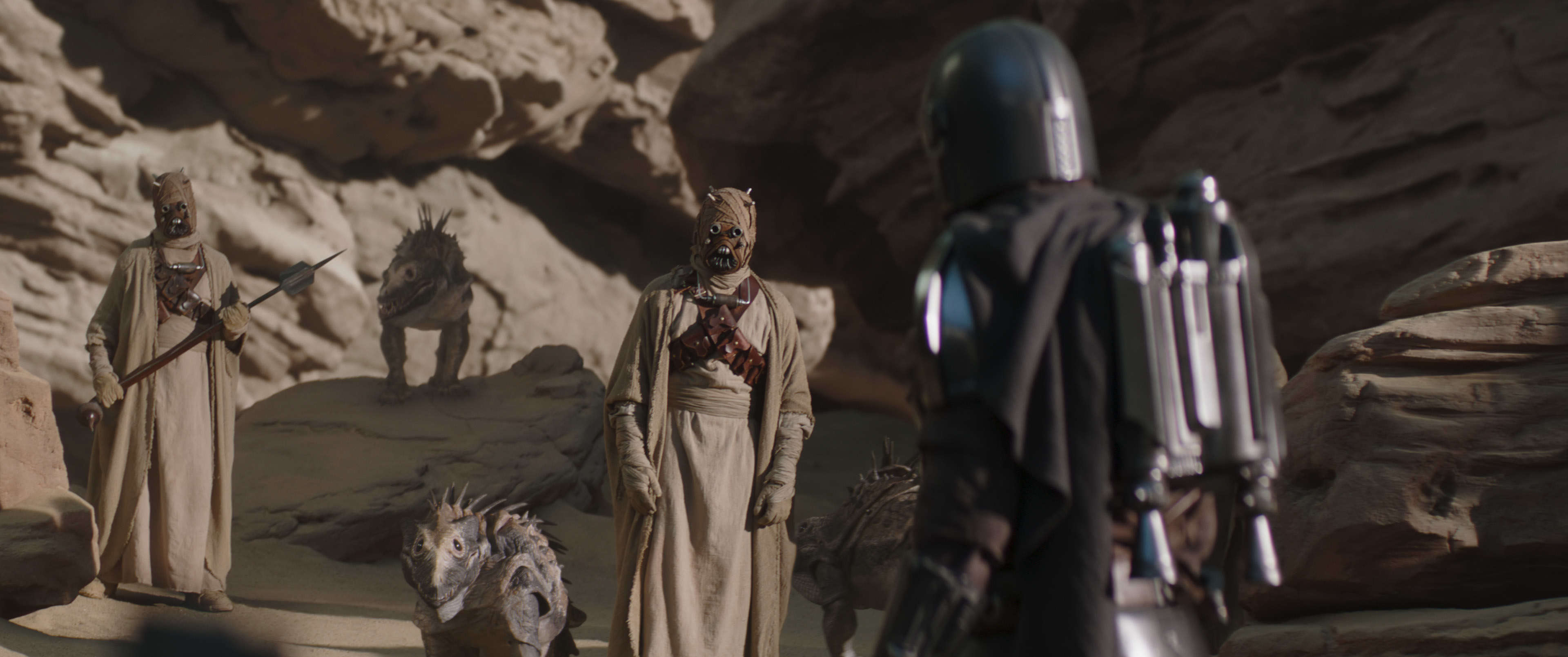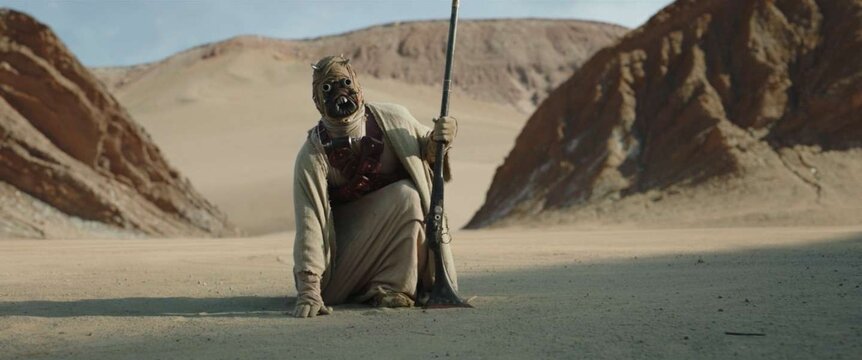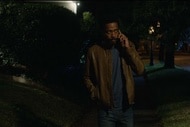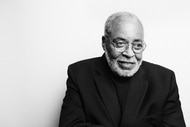Create a free profile to get unlimited access to exclusive videos, sweepstakes, and more!
Star Wars: The Mandalorian created a new form of sign language for the Tusken Raiders

For many moons, Star Wars fans have written off the Tusken Raiders as savage Sand People that bray like donkeys whenever they go on the offensive. Thanks to The Mandalorian, acolytes of the galaxy far, far away can now view Tatooine's desert nomads in a new light. In Season 1, the bounty hunter known as Din Djarin (Pedro Pascal) proved that one can actually make physical contact with the Tuskens and live to tell the tale. The Season 2 premiere took that dynamic to an entirely new level as Djarin forged a shaky alliance between the Sand People and the citizens of Mos Pelgo.
But before the show could have its titular hero communicating with the indigenous folk of Tatooine, it needed a new language through which they could speak to one another. That's where Troy Kotsur came in; the deaf actor was hired to come up with a sign-based vocabulary for the Tusken Raiders and it wasn't just a matter of bringing American Sign Language to the Great Dune Sea.
"I did research on the culture and environment of Tusken Raiders ... My goal was to avoid ASL. I made sure it became Tusken Sign Language based on their culture and environment," Kotsur told The Daily Moth earlier this year.
During production on the first season, a hearing member of the crew (who knew sign language) suggested that a deaf person be consulted for the fifth episode — "Chapter 5: The Gunslinger" — when Mando heads to Tatooine in search of a potential bounty. In his script, executive producer Dave Filoni specifically mentioned some form of sign language for the Tusken Raiders. That, paired with the crew member's suggestion, led to Kotsur being hired not only as a consultant, but to play Tusken Raider Scout #1 as well.
That's why the actor feels it's critically "important to have sign language classes for hearing people, so they can become our allies for various opportunities out in the world," explained interviewer Renca Dunn.
Kotsur added: "Really, it is a blessing! When I was eight-years-old, I dreamed [of being a part] of Star Wars. Many, many years later, [I am]. Almost 40 years later, it is fate ... I hope that you keep telling Disney + that you want to see more sign language. I hope that the producers keep an open mind because this is just the beginning."
If you want to know more (à la Starship Troopers), GamesRadar discovered a new Facebook group dedicated to the translation of the Tusken Sign Language, which joins the growing list of fictional genre tongues like Klingon and Dothraki.
"Having been a Star Wars fan all my life, I've enjoyed all aspects of the franchise, right up to building my own props and costumes, which includes Chewbacca!" the group's creator, David Wellbeloved, tells SYFY WIRE. "I'm also a father to two deaf children and work with a young deaf boy in a local school. Seeing The Mandalorian series — and the Tusken Raiders, using a form of sign language in particular — really warmed my heart and excited my two children immensely! This inspired me to setup the Facebook group ... Lots of fans around the world have learnt Aurebesh (Star Wars) and Klingon (Star Trek), and I thought it would be amazing to look into developing a signed sci-fi language. Star Wars is so inclusive anyway, so let's take it up another level."
The Season 2 premiere of The Mandalorian — "Chapter 9: The Marshal" — is now streaming on Disney+.



























